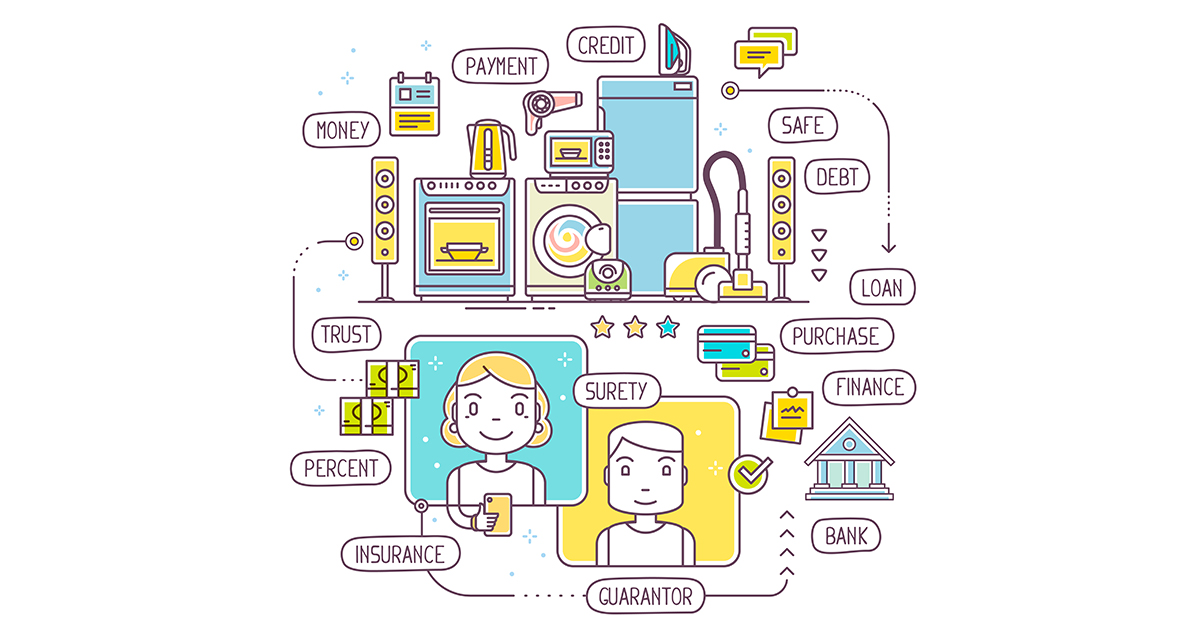The pace of business innovation moves at speeds that were unfathomable just 20 years ago. Internet, personal computers, and even phones have evolved to unimaginable capabilities, transforming the contact center industry, and for that matter the business world. For instance, our phones have more powerful computing abilities than the first computer I owned. I grew up in this innovation-hungry generation, the millennials, who have developed a need for cool products and services, offered at a fast pace, while getting the most value.
This is especially true with our expectations from companies we interact with. When we engage a company we want to communicate on the channel that is most convenient for us. While each type of interaction can demand a different channel preference, businesses should at least make all of the primary channels available in order to meet us where we are instead of forcing us to communication channels that we aren’t very fond of. So what channels do people, specifically millennials, prefer to communicate on?
The results of a recent NICE study found that channel preference was not indicative of age, as we can see below:
Both Millennial (aged 18-36) generation and Babyboomer (aged 53+) generation picked the following as their top preferred channel methods of customer service
However, level of satisfaction as notably different. The millennial generation were most satisfied with agent-assisted chat/video, email and visiting a company’s website – 56%, 45% and 41% respectively. While babyboomers were most satisfied with agent-assisted SMS/Text, visiting a company’s website and agent-assisted inbound/outbound phone – 55%, 54% and 51% respectively.
While some organizations are slow to adopt for various reasons, making these channels available and satisfactory for consumers should be one of the top priorities of every B2C company in the world.
Here’s a great example. I recently purchased my second home in three years and the process required to get through all of the paperwork for submitting an offer, working through remedies, and completing all of the mortgage documents is far from easy and convenient. After speaking with my parents it turns out that the process hasn’t changed much in the last 30 or 40 years.
Yes, that’s right. Interacting with mortgage companies is offered the same way as our parents experienced.
Email and electronic signing has made things easier but I’m still left calling in and talking to everyone about every little thing. My mortgage company only offers communication through email or phone despite the fact that a great deal of my needs/questions do not deal with any private information, and would be handled a lot easier via text. Not only would the process be easier for me (the consumer) it would also provide my mortgage officer the ability to quickly contact me for reminders, or to provide status updates. Furthermore, if I could communicate via text for everything and simply move from texting to voice if/when needed and then move back to texting as soon as the voice needs were achieved, I’m pretty sure it would save everyone time, possibly even consolidating the process. The back and forth that is needed when obtaining a home loan is intense until it’s time to close. Any delay in the paperwork can delay everything and potentially cost the buyer and seller extra money, which nobody wants. If part of or all of the communication can be done through multiple seamless channels, the response time and completion of paperwork can be expedited exponentially.
While I’m focusing on my mortgage experience, this example applies to any business that has a desire to improve the level of engagement and the customer experience for their customers. The entire experience should be able to begin and end without any voice interactions based on buyer preferences. The technology to deliver this kind of experience has been available for years yet the adoption has been slow, opening up many companies up for a disruption that could wreak havoc on legacy companies.
Ultimately, the types of interactions millennials demand are the same as what companies should be aspiring to deliver: ease of use, value-add services and products, and price points that match the value. As the percentage of the population born after 1979 becomes the large consumer majority, the landscape of successful companies will be in-line with these preferences. As a company, regardless of industry, you need to offer channels and satisfaction for consumers or you will be left in the boneyard.




